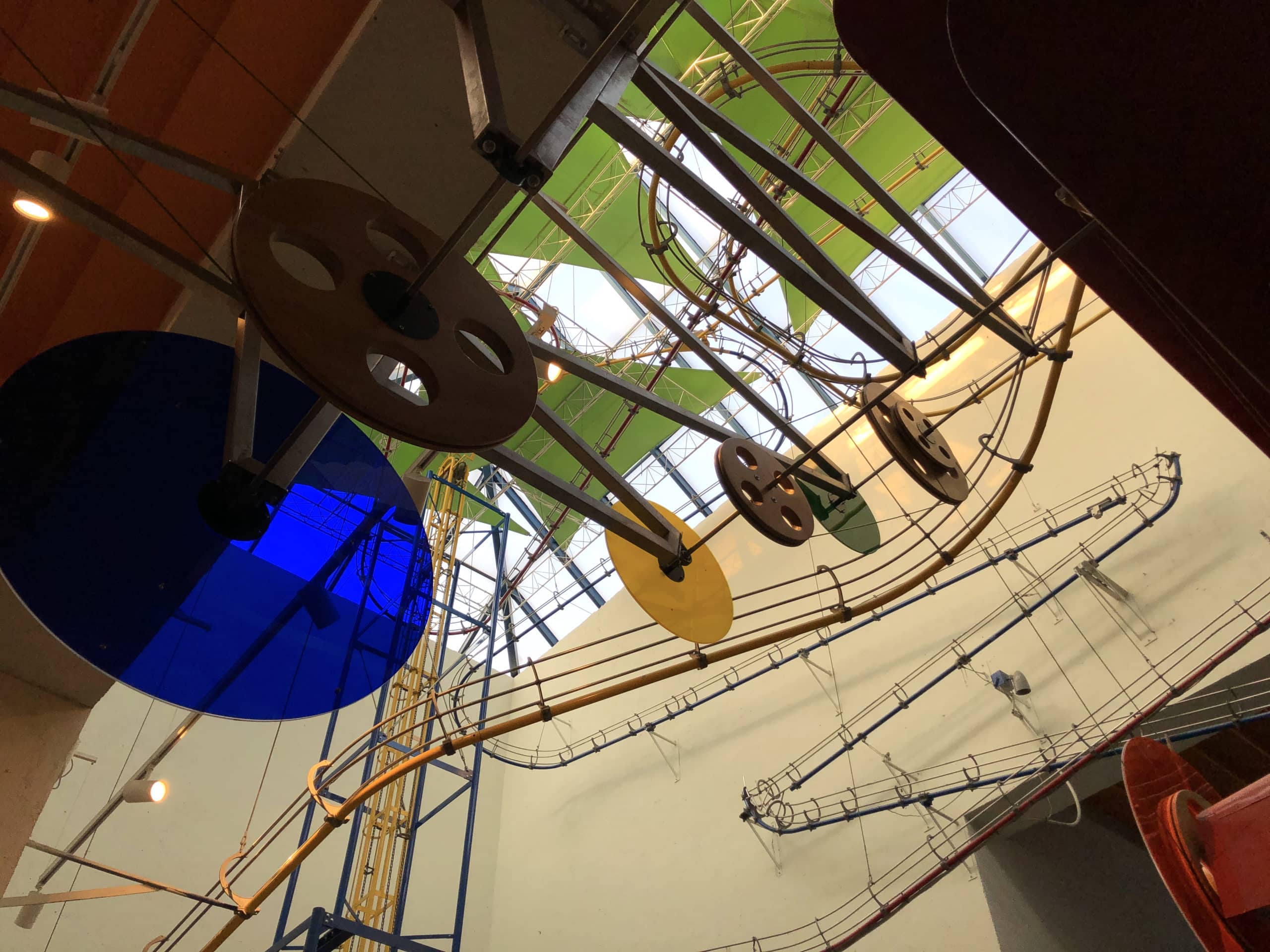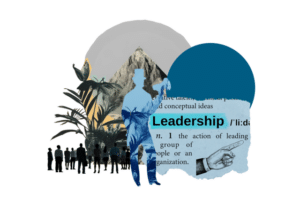This is the interpretation that usually gets put forward by members of companies that are taken over or that, despite the front declarations, are losing their decision-making and strategic autonomy in favor of another company.
History is written by winners, and this happens as well with acquisition processes.
Although I have personally witnessed and participated in dozens of such operations and have often devoted myself to the analysis of this phenomenon, I have rarely come across studies or research shedding light on the social, individual, emotional, cognitive and organizational dynamics experienced by the ‘acquired’ organizations.
Furthermore, how these dynamics can determine the (un)success of such operations is hardly investigated.
The only clear signs of these dynamics emerge when such operations endanger a significant number of jobs, leading to a strong union and workers’ reaction.
In a large Italian multinational corporation’s meeting room devoted to Board Meetings, takes place the first virtual meeting between the company’s management and that of a newly acquired company of a much smaller size, based in a central European country. The aim – as outlined in the brief received by the acquiring company’s management – is to reassure the new colleagues, also in terms of the appreciation of their professional characteristics and of their career and growth ambitions.
The task is immediately addressed by the CEO of the Italian multinational company.
«We are glad to be meeting here today, finally. We took part, in these last months, in a long, intense, and challenging process. But the important thing is that we managed to overcome all the obstacles and that we found a beneficial agreement on everything and for everyone. We are here today, finally seated together, to begin a new adventure whose outcome, I’m sure, will be a whole lot greater than the sum of its parts. Starting from today, we are all in the same boat and we are called upon to row in the same direction».
If facial expressions could speak, on the other side of the online meeting, where the management of the acquired company sits, you could hear:
«I think that the transaction’s price is still not fair: somehow, at some point, this will come up» or «I was doing great. We had our own small reality, it worked well… of course, there were some disagreements between us, but nothing more. How are we going to get along with these people, who don’t even speak our language?».
«Nice speech, but what about me? They promised me some money but what will happen to me? Should I start looking for another job?» another member of the meeting is thinking.
«One thing’s for sure: I’ll never work with these people. I’ll take my money and get out of here as soon as I can. Same boat? I really don’t think so…». And finally, «There’s no one there who’s half as good as me. If I leave, everything will go South. I shall make this clear to them».
In the vast majority of cases, all the post-merger integration activities fail at the very beginning of the operation, thus generating less value than expected.
The factors that determine these failures – sometimes obvious – are almost all to be attributed to behavioral and cultural issues, both at an individual and at an organizational/social level. The cost-effectiveness of the operation is often compromised by a specific element: the insufficient investment in behavioral and cultural issues.
It is not only about the systems integration, the processes alignment, or the cost optimization. It is rather an effort aimed at creating a path dedicated to the mutual recognition of the behavioral and cultural characteristics, which represents an essential step in the creation of an integrated system.
As is the case with individual relations, to develop shared actions and decisions it is necessary to previously take into account a significant commitment to building an understanding, based on cultural confrontation and exchange, a value alignment, and a language decoding. This investment requires continuous maintenance and, even during the post-integration phase, has to be sized “in excess”.
The action to undertake should not make a distinction between the acquirers and those who are acquired: both should put in play their resources in the common arena and, within their individual perimeters, they should carry out activities aimed at developing a new identity in order to:
- learn about the counterpart
- recognize each other
- appreciate their differences
- create shared models to address mutual issues
It is necessary to make a real investment in “immaterial” assets, which bear significant fruits for both the shareholders and the people involved, creating the conditions for the economic value of the operation to be transferred from the forecast approval in the study and evaluation phase to everyday reality.
In this process, the focus is always on the “how”. How do we activate knowledge between people? How do we design the first moments of interaction that foster mutual recognition? How do we, in practical terms, value differences?
“How” we do things together becomes the new frontier of shared elaboration and, thus, the new glue to build the behavioral and cultural models that will represent the synthesis of the fusion of the two pre-existing organizations.
Through this process, organizations are helped to shift the focus from “you and us” to “before and after”, making all actors equally protagonists of the immediate future.






